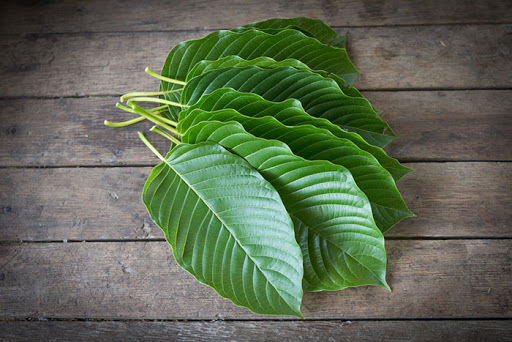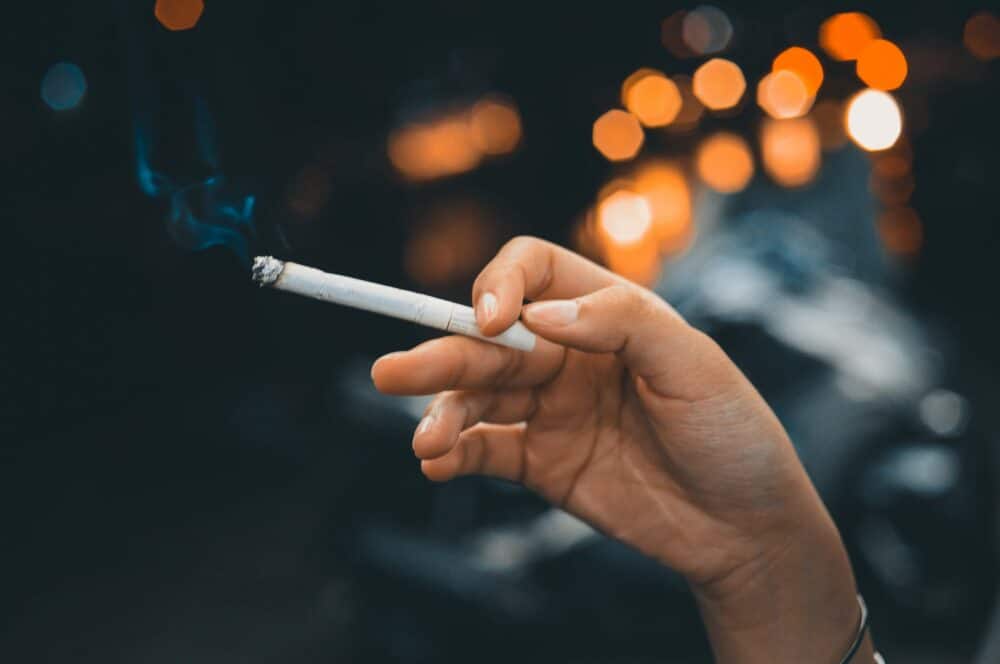DANGER SCALE
Kratom
According to the National Institute on Drug Abuse, kratom is a tropical tree native to Southeast Asia and its leaves contain compounds that can have stimulant and opium-like effects. Traditionally, kratom leaves have been used by Thai and Malaysian natives for centuries. It’s a member of the coffee family, and it’s been utilized to enhance work productivity, cultural ceremonies, and for medicinal purposes.
What is it?
According to the National Institute on Drug Abuse, kratom is a tropical tree native to Southeast Asia and its leaves contain compounds that can have stimulant and opium-like effects. Traditionally, kratom leaves have been used by Thai and Malaysian natives for centuries. It’s a member of the coffee family, and it’s been utilized to enhance work productivity, cultural ceremonies, and for medicinal purposes.
Other names?
Biak, ketum, kakuam, ithang, thom.
How do people get it?
Kratom, as of recently, is illegal in Thailand, but currently legal in the United States except Wisconsin, Arkansas, Indiana, Alabama, Vermont, and Rhode Island. It can be ordered on the internet and bought in smoke shops. It’s sold in pill, capsule, gum, or extract form.
How is it dangerous?
Kratom causes effects similar to opioids and stimulants. The compounds mitragynine and 7-a-hydroxymitragynine found in kratom leaves interact with opioid receptors in the brain, which produces sedation, pleasure, and decreased pain. Mitragynine also interacts with other receptors in the brain to create stimulant-like effects. When taken in small amounts, users of kratom report increased energy, sociability, and alertness. But Kratom can cause uncomfortable and potentially dangerous side effects.
There are now some products out there that are adulterating the substance by adding the ingredient 7-hydroxymitragynine, which increases side effects. “We have found multiple packaged commercial Kratom products to contain artificially elevated concentrations of 7-hydroxymitragynine, the alkaloid responsible for M. speciosa’s concerning mechanistic and side effect profile [20–22]. The amount of 7-hydroxymitragynine exceeded that found in naturally occurring material by up to 500%.”
In our centers, we are seeing that Kratom is not coming off patient’s receptors quickly. This causes the risk of increased precipitated withdrawal when starting Buprenorphine to ease withdrawal symptoms. We are having to allow more time between the patient’s last Kratom use and beginning a Buprenorphine taper, which extends the patients length of stay in detox. The withdrawal symptoms from Kratom have also increased in severity from what we used to see.
“We have cared for patients in severe withdrawals from Kratom and are seeing an uptick in cases. This is likely due to the way they are altering Kratom with presumably more potent intoxicating additives. The withdrawals we observe from Kratom are identical to what you would experience withdrawing from Heroin or other prescription opiates.” Steve Carleton LCSW, CACIII

 Steve Carleton
Steve Carleton 
 Shannon Weir, RN
Shannon Weir, RN